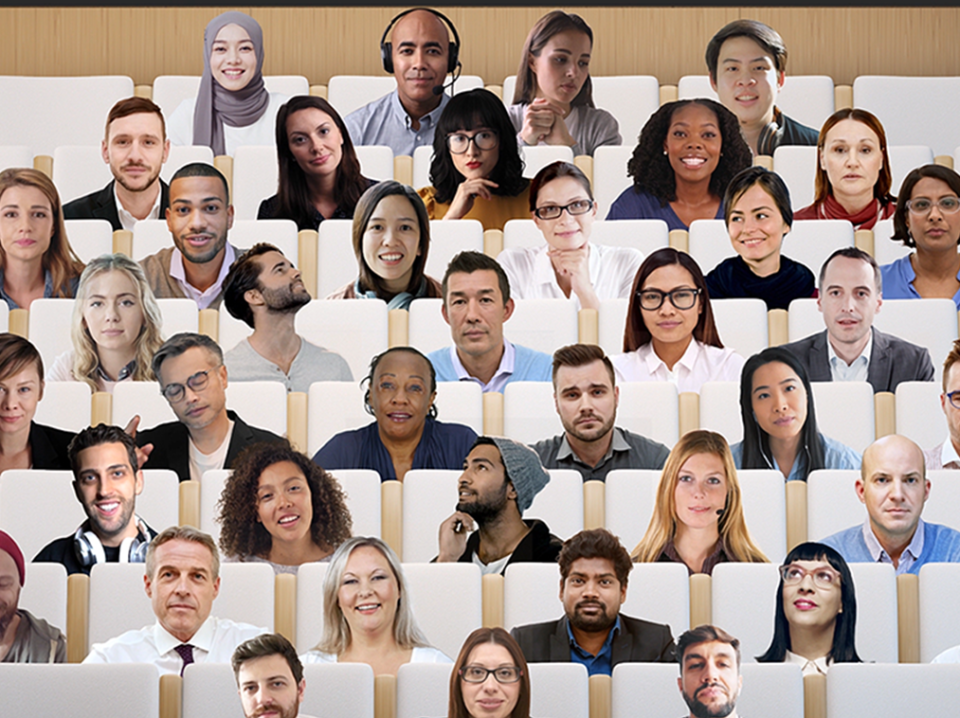Microsoft Teams launches new chat feature that will make you feel less tired of video calls

Microsoft has announced a new update to Microsoft Teams called “Together Mode”, which puts avatars of you and your coworkers in the same virtual space.
Teams will use machine learning to detect and cut out a user’s image from their background, and then splice multiple viewers together in a digital space.
These spaces could be an auditorium, meeting room, or coffee bar, so users “look like they’re in the same place together”, Microsoft says.
Users will view themselves together, rather than segmented in the small squares that other video communication apps have, which the company's research suggests makes it easier for us to communicate.
This is because human brains are used to being conscious of other people based on their locations, which the mirror effect interferes with and makes it more difficult to notice irregularities.
“If someone’s face looms large in your visual sphere in real life, it generally means you’re either about to fight or mate. So you’re alert and hyper-aware – reactions that are automatic and subconscious – and your heart rate goes up. And in video calls, there’s often a grid with multiple people’s faces filling the boxes. It’s a lot for your body’s nervous system to handle,” says Jeremy Bailenson, the founding director of Stanford’s Virtual Human Interaction Lab.
However, in a video call with many other people, it can be difficult to tell who is looking at who, which interferes with the responses we’ve naturally developed.
Moreover social cues, such as head nods and other body language, to show that we want to speak, agree, or disagree are more difficult to express in conventional calls.
Together Mode aims to change that. “I’ve seen people lean over and tap each other. I’ve seen people make eye contact with each other who weren’t sitting near each other. So people can now practice some of the social signaling they would do in real life,” says Mary Czerwinski, a cognitive psychologist at Microsoft.
It is being rolled out now, and will be available to all users by August.
In addition to this new function, Microsoft is introducing a smattering of other features.
This includes Dynamic view – which will let users frame work content and call participants side-by-side – as well as video filters to adjust lighting levels or soften the focus on your camera.
It has also extended the number of people you can have in a meeting up to 1000, while presentations can now have 20,000 participants watching.
Suggested replies, similar to the automated replies in email apps including Gmail, is coming to Microsoft Teams too.
Finally, Cortana integration is being brought in to the mobile version of the app, giving the software usability via voice commands. Users can ask Cortana to make a call, join meetings, share files, or send messages.
Read more
Microsoft suspended Facebook and Instagram advertising
Tech giants won't honour Hong Kong data requests over new China law

 Yahoo Finance
Yahoo Finance 